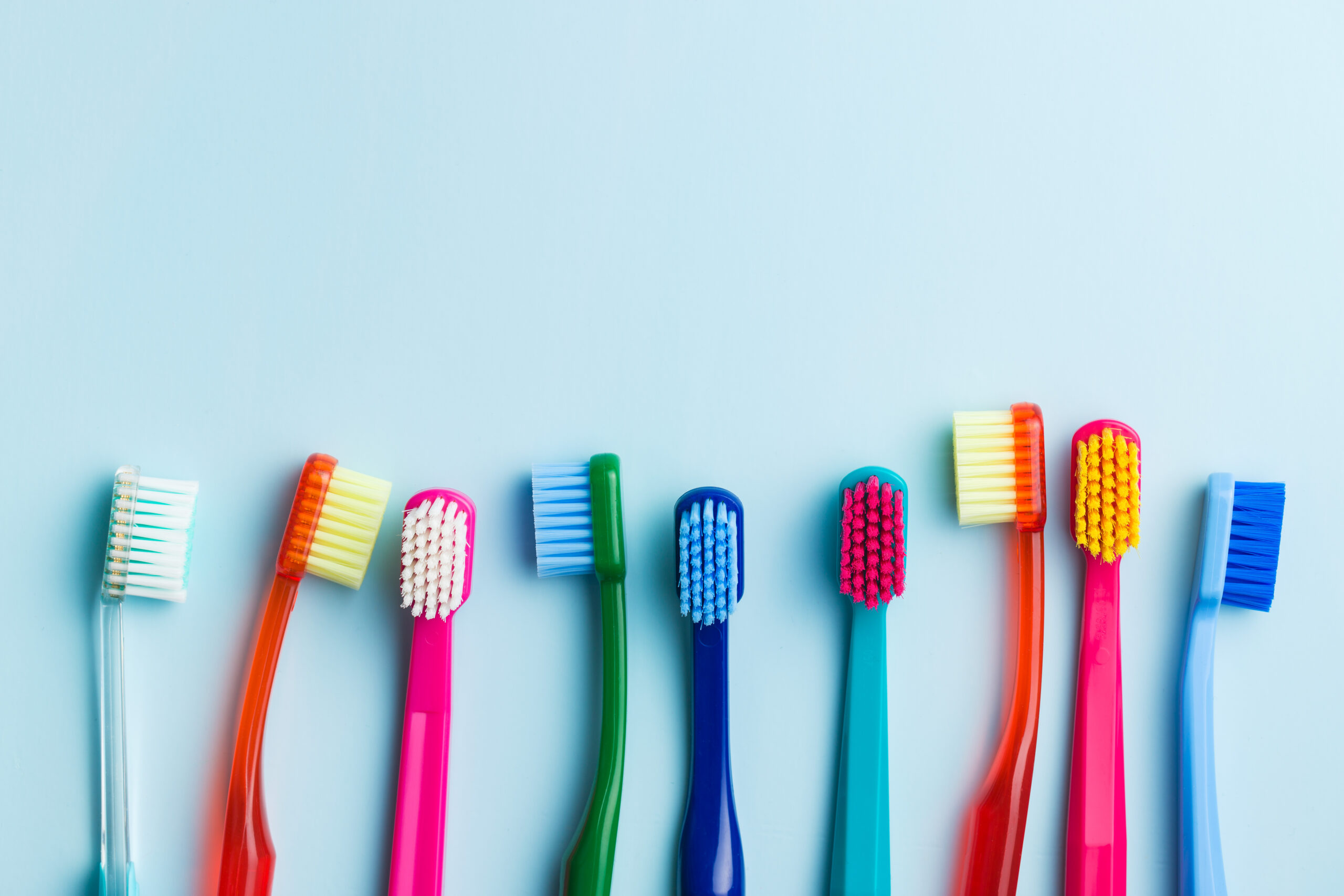While cleaning your toothbrush is important, it doesn’t replace the need for regular replacement. Over time, bristles deteriorate and lose their effectiveness.

Posted On: January 18, 2024
Good oral hygiene is foundational for maintaining overall dental health, and the role of the toothbrush in this regard cannot be overstated. It is not just about choosing the right toothbrush or mastering the perfect brushing technique, but understanding how often should you change your toothbrush, and why it matters.
Toothbrushes are subject to daily wear and tear, a process that can significantly diminish their cleaning efficiency. Recognizing the signs of toothbrush degradation is crucial to maintain oral hygiene.
Frayed Bristles: The most obvious sign of wear is frayed bristles. Over time, bristles lose their stiffness and begin to spread out. This fraying reduces the brush’s ability to reach tight spaces between teeth and along the gum line, areas where plaque accumulation is most common. The American Dental Association (ADA) warns that frayed bristles can severely compromise oral health by failing to remove plaque and debris effectively.
Changes in Stiffness: The stiffness of toothbrush bristles changes with use: they may soften, reducing cleaning efficiency, or harden, which can irritate gums. It’s important to choose a toothbrush with the firmness your dentist recommends, as this varies based on individual oral health needs.
Bristle Discoloration: Discoloration of the bristles is a sign that your toothbrush is harboring bacteria and debris. Bristles that have turned from their original color may indicate bacterial growth, toothpaste residue build-up, or exposure to substances in the mouth that can affect the material of the bristles.
Splayed Bristles: Bristles that splay or spread outward indicate that the brush is being used too forcefully or has simply reached the end of its useful life. Splayed bristles won’t clean effectively and may even harm the gums due to uneven pressure during brushing.
Odor or Mold: Any unpleasant odor coming from a toothbrush, or visible signs of mold, is a clear indication that the toothbrush needs to be replaced immediately. These are signs of bacterial and fungal growth that can pose serious health risks.
The consensus among dental professionals is to replace toothbrushes every three to four months. However, this timeframe is not a one-size-fits-all recommendation. It can vary based on individual factors such as brushing frequency, technique, and the type of toothbrush used. For instance, those who brush more vigorously might need to replace their toothbrushes more often. Similarly, while both manual and electric toothbrushes follow the same replacement rule, individual brush head designs might influence their longevity.
The longevity of a toothbrush is not solely dependent on the passage of time; several factors play a role in determining its lifespan. Understanding these can help in maximizing the effectiveness of your toothbrush and maintaining oral hygiene.
Quality of Bristles: The type and quality of bristles significantly influence toothbrush lifespan. Higher quality bristles made from durable materials tend to retain their shape and stiffness longer than cheaper, lower quality ones. Additionally, toothbrushes with medium or soft bristles often last longer and are less damaging to gums and enamel compared to hard-bristled brushes.
Brushing Force: The amount of pressure applied during brushing is a critical factor. Vigorous brushing not only causes rapid deterioration of bristles but can also lead to gum recession and enamel wear. Using a gentle, circular motion is recommended to preserve both your toothbrush and your dental health.
Storage and Hygiene: Proper storage is key to extending the life of a toothbrush. After use, a toothbrush should be rinsed thoroughly to remove toothpaste, saliva, and debris. It should then be stored upright, in an open area where it can air dry. Toothbrushes stored in closed or damp environments, like medicine cabinets or toothbrush holders with covers, are prone to microbial growth which can degrade the bristles and reduce the toothbrush’s effectiveness.
Frequency of Use: The frequency with which a toothbrush is used also plays a role. A toothbrush used more than twice a day may wear out faster than one used less frequently. Additionally, toothbrushes used by individuals with more abrasive toothpaste or those who have a habit of biting on the bristles might need more frequent replacement.
Maximizing toothbrush effectiveness involves combining good toothbrush maintenance with effective brushing techniques. Gentle, circular motions are recommended for brushing, and the use of fluoride toothpaste can enhance tooth and gum health. Alongside proper toothbrush care, incorporating flossing into your oral care routine and regular dental check-ups are essential for maintaining optimal dental health.
Knowing how often you should change your toothbrush is a simple yet important step in safeguarding your dental health. Regular replacement, combined with proper brushing habits and oral care, is essential for maintaining a healthy smile. If you have any questions about your oral hygiene routine or if it’s time for your next dental check-up, Pennington Family Dentistry is here to assist. Schedule your appointment today, and take a step towards improving your oral health.